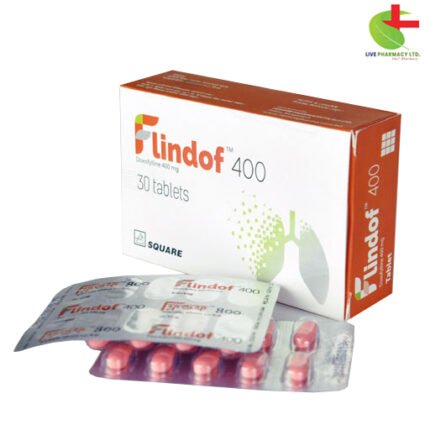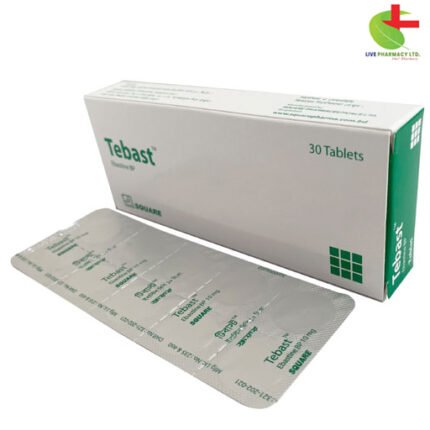Vertina-D
50.00৳ Strip
- Specialized solution for managing nausea and vomiting during pregnancy
- Unique formulation combining Doxylamine Succinate’s antihistamine properties with Pyridoxine Hydrochloride’s antiemetic effects
- Carefully prescribed dosage regimen for effective relief
- Trusted support for expectant mothers during a sensitive time
 Brand
Brand
|
Square Pharmaceuticals PLC |
|---|---|
 Generics
Generics
|
Pyridoxine Hydrochloride + Doxylamine Succinate |
Indications
For the treatment of nausea and vomiting during pregnancy in women unresponsive to conservative management.
Pharmacology
Doxylamine Succinate functions as an antihistamine by blocking Histamine (H1) receptors. Its ability to penetrate the blood-brain barrier allows it to effectively block H1 receptors in the brain, thereby reducing histamine action. Additionally, it inhibits the vestibular system and Muscarinic receptors, contributing to its antiemetic effects. Pyridoxine Hydrochloride, a vitamin B6 analog, complements this action with its own antiemetic properties.
Dosage & Administration
Begin with one tablet orally at bedtime on Day 1. If symptoms are adequately controlled the following day, maintain a daily bedtime dose. If symptoms persist on Day 2, increase dosage to one tablet in the morning and one at bedtime. The maximum recommended daily dose is two tablets, one in the morning and one at bedtime. Administer on an empty stomach with water, swallowing tablets whole. Avoid crushing, chewing, or splitting tablets. Take daily as prescribed, not on an as-needed basis.
Interactions
Avoid concomitant use with monoamine oxidase inhibitors (MAOIs) due to potentiation of central nervous system effects. Concurrent use with alcohol and other CNS depressants is not advised.
Contraindications
Do not use in individuals with known hypersensitivity to Doxylamine Succinate, Pyridoxine Hydrochloride, or any inactive ingredient. Avoid use with MAO inhibitors.
Side Effects
May cause somnolence or accidents when combined with CNS depressants.
Pregnancy & Lactation
Pregnancy category A. Use caution during breastfeeding due to excretion of both compounds in breast milk.
Precautions & Warnings
Exercise caution in activities requiring alertness due to potential somnolence. Avoid use with CNS depressants, including alcohol. Use with caution in individuals with asthma, increased intraocular pressure, narrow angle glaucoma, peptic ulcer, pyloroduodenal obstruction, or urinary bladder-neck obstruction.
Overdose Effects
Signs and symptoms may not be immediately apparent due to extended-release formulation. Symptoms may include restlessness, dry mouth, dilated pupils, drowsiness, vertigo, confusion, and tachycardia. Severe overdose can lead to seizures, rhabdomyolysis, renal failure, and death. Treatment may involve gastric lavage, activated charcoal, whole bowel irrigation, and symptomatic management.
Therapeutic Class
Anti-emetic medications.
Storage Conditions
Store below 30°C in a dry, light-protected area. Keep out of reach of children.













Reviews
There are no reviews yet.